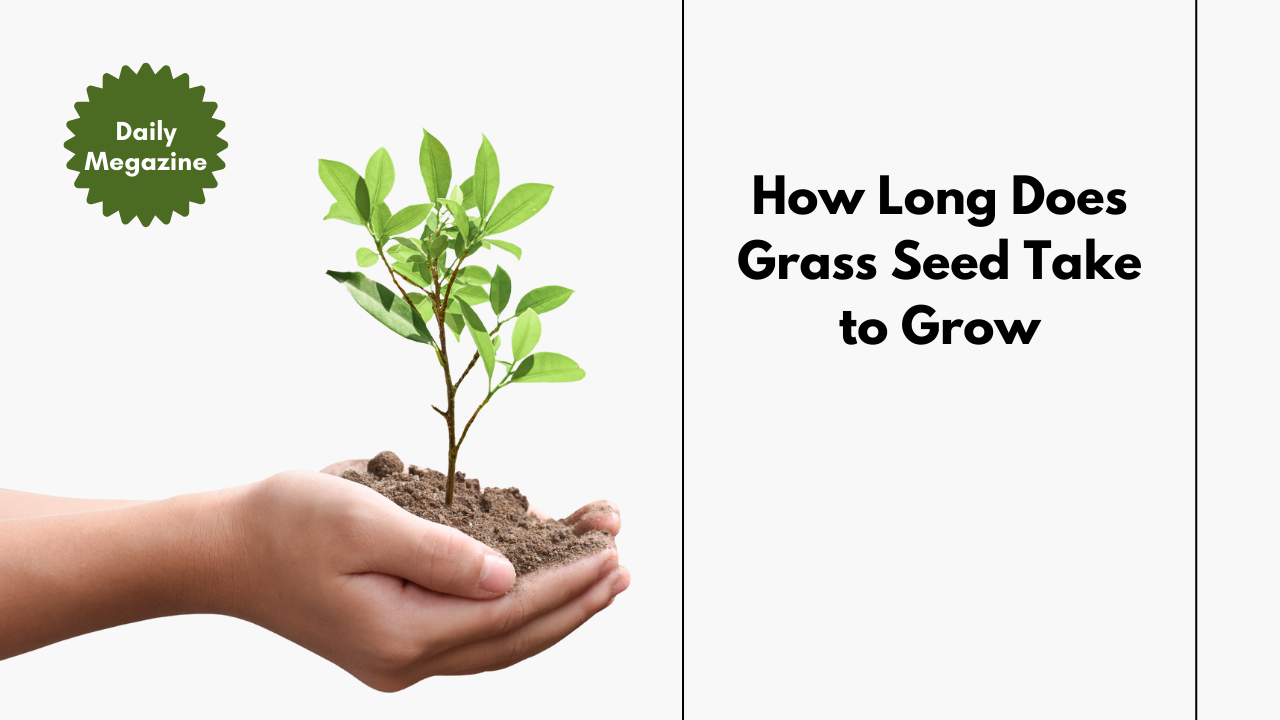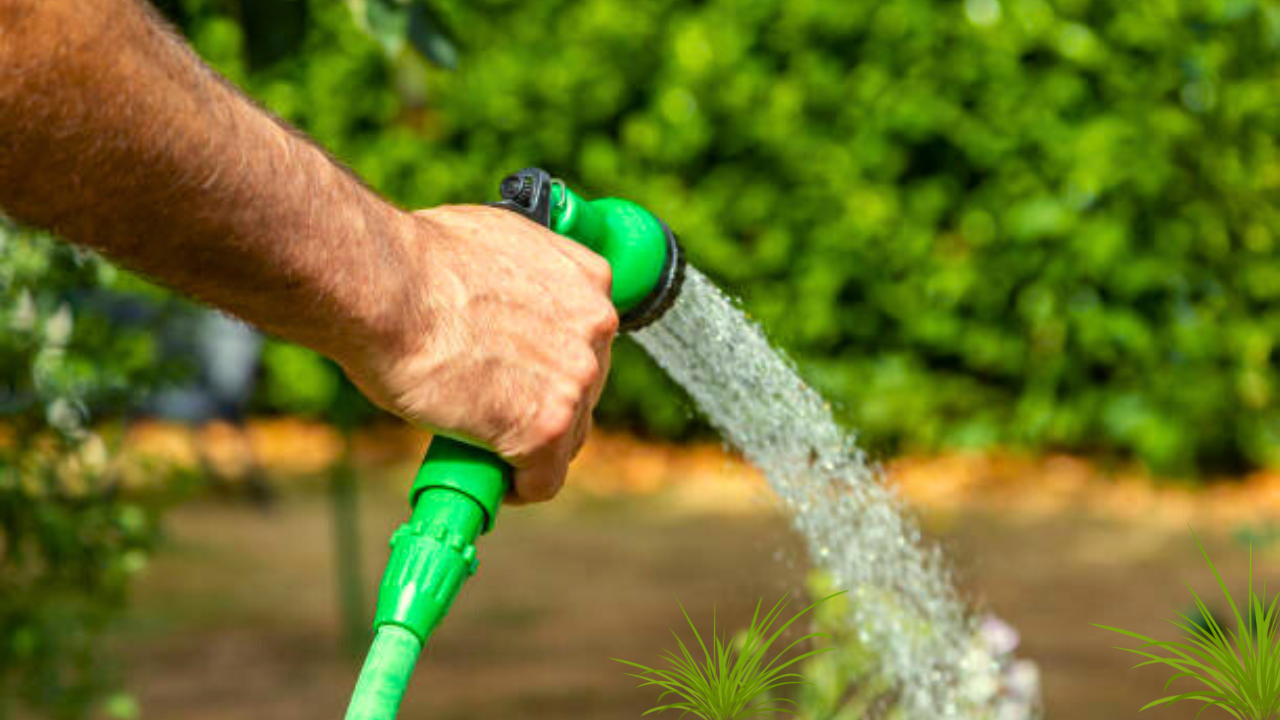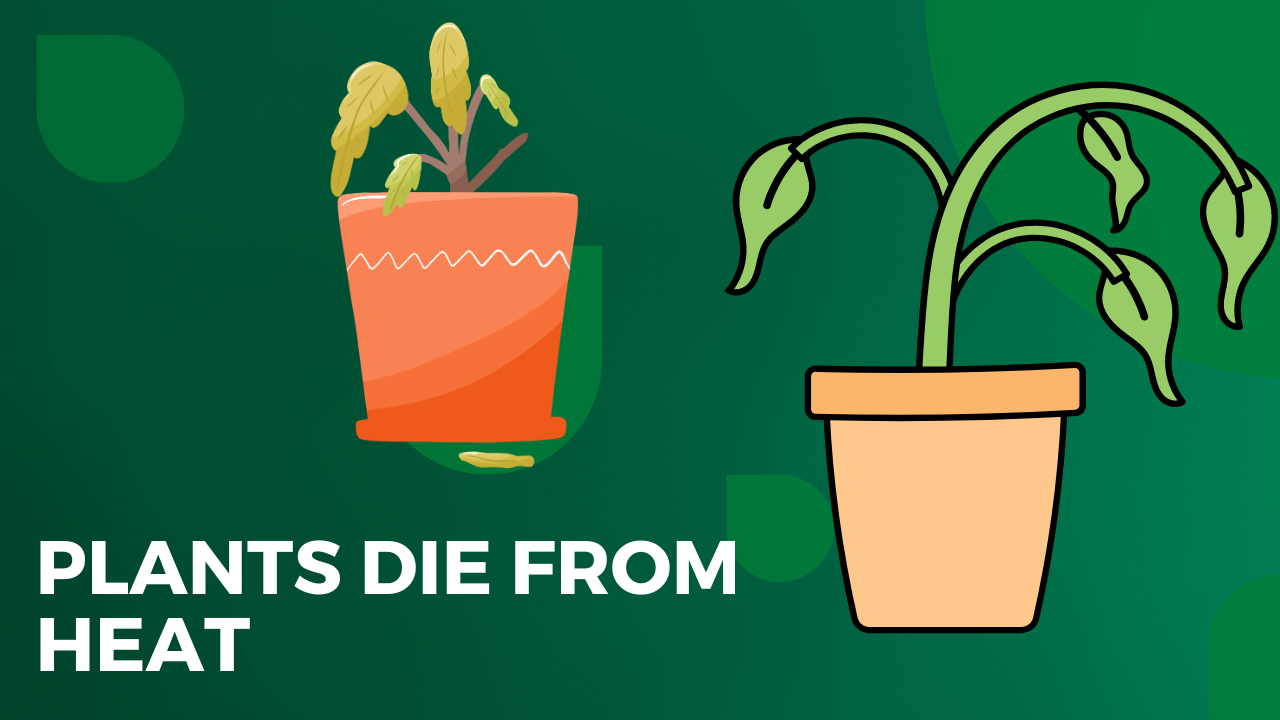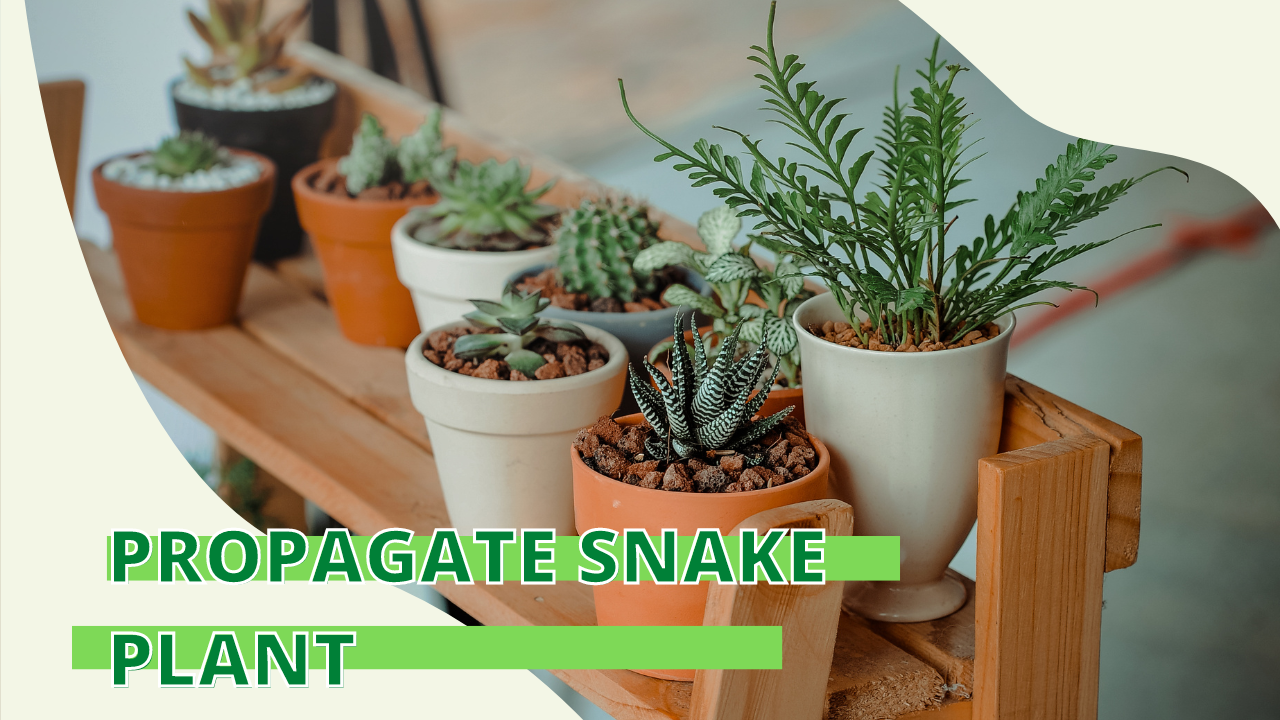The idea of using a bird carcass as a candle may seem odd to modern readers, but history is filled with unique and resourceful innovations, especially in periods when resources were scarce. Throughout time, human ingenuity has led to the creation of survival tools from the most unexpected of materials—including the use of animal fat and bird carcasses as makeshift candles.
The Historical Context of Using Bird Carcasses as Candles
Survival Necessities in Ancient and Medieval Times
During ancient and medieval periods, life could be harsh, especially in colder regions or isolated areas. People didn’t have the luxury of modern lighting, and they had to rely on nature to meet basic survival needs. One such need was light. Candles made from tallow or wax were commonly used, but when those materials were scarce, people turned to unconventional sources, such as bird carcasses.
Bird Fat as a Fuel Source
Birds, particularly seabirds such as petrels and shearwaters, have high fat content, especially in cold regions where they store fat to survive harsh winters. This fat was valuable not only for food but also for lighting. It has been documented that some cultures, particularly in the Arctic and Northern Europe, used bird fat to create rudimentary candles.
These “bird candles” were made by simply inserting a wick into the fat of the bird or its carcass, which would then burn slowly, providing light in the dark and cold.

How Bird Carcass Candles Were Made
A Simple Yet Effective Process
The process of making a bird carcass candle was relatively simple but required a deep understanding of the resources available in the environment. Birds like the petrel naturally had oily, fatty bodies. By using these birds, people could fashion a candle by carefully preparing the carcass and utilizing its natural fat as fuel.
Steps to Create a Bird Carcass Candle
- Select the Bird: The bird chosen would typically be a seabird, with high-fat content, as their fat would burn steadily.
- Preparing the Bird: The carcass would be cleaned, and the feathers removed. Some cultures would leave parts of the body intact to maintain structural integrity.
- Inserting the Wick: A wick, often made from dried moss or plant fibers, would be inserted into the bird’s fat, ensuring it could absorb the oils.
- Lighting the Wick: Once the wick was properly soaked in fat, it would be lit, providing a slow-burning flame for illumination.
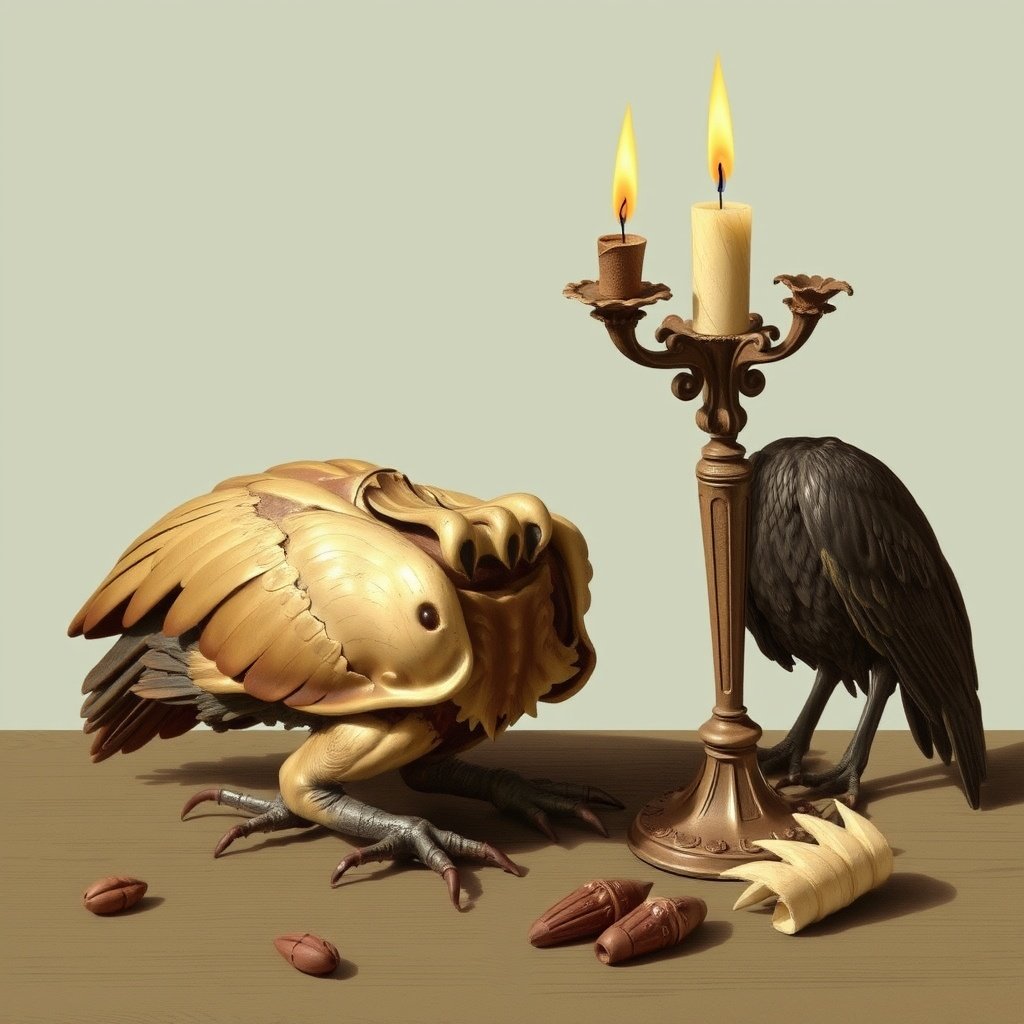
Bird Carcass Candles in Arctic Cultures
Bird carcass candles were particularly common among Arctic and subarctic indigenous peoples, including the Inuit, who lived in environments with long winters and limited access to traditional candle-making materials. These groups often relied on what they had in abundance, and seabirds were plentiful. The oil-rich nature of birds like the storm petrel made them ideal for use as a natural, slow-burning source of light.
Why Bird Carcasses Were Used as Candles
The Practicality of Bird Fat
Bird fat burns slowly and steadily, making it an ideal fuel source for makeshift candles. When more conventional lighting sources, such as beeswax or tallow, were unavailable, bird fat provided a much-needed solution for maintaining light in dark settings.
Sustainability and Resourcefulness
Using bird carcasses as candles was not only practical but also sustainable. In harsh climates, every part of an animal was used, from its feathers to its fat. This method of creating light showcases the deep respect indigenous cultures had for nature and their ability to survive with the materials around them.
An Alternative to Animal-Based Candles
Tallow, made from animal fat, was the most common material used to create candles in history. However, in areas where access to large animals like cattle or sheep was limited, people turned to smaller animals such as birds. In many cases, seabirds were abundant in certain regions, making them a logical source of fuel for lighting.
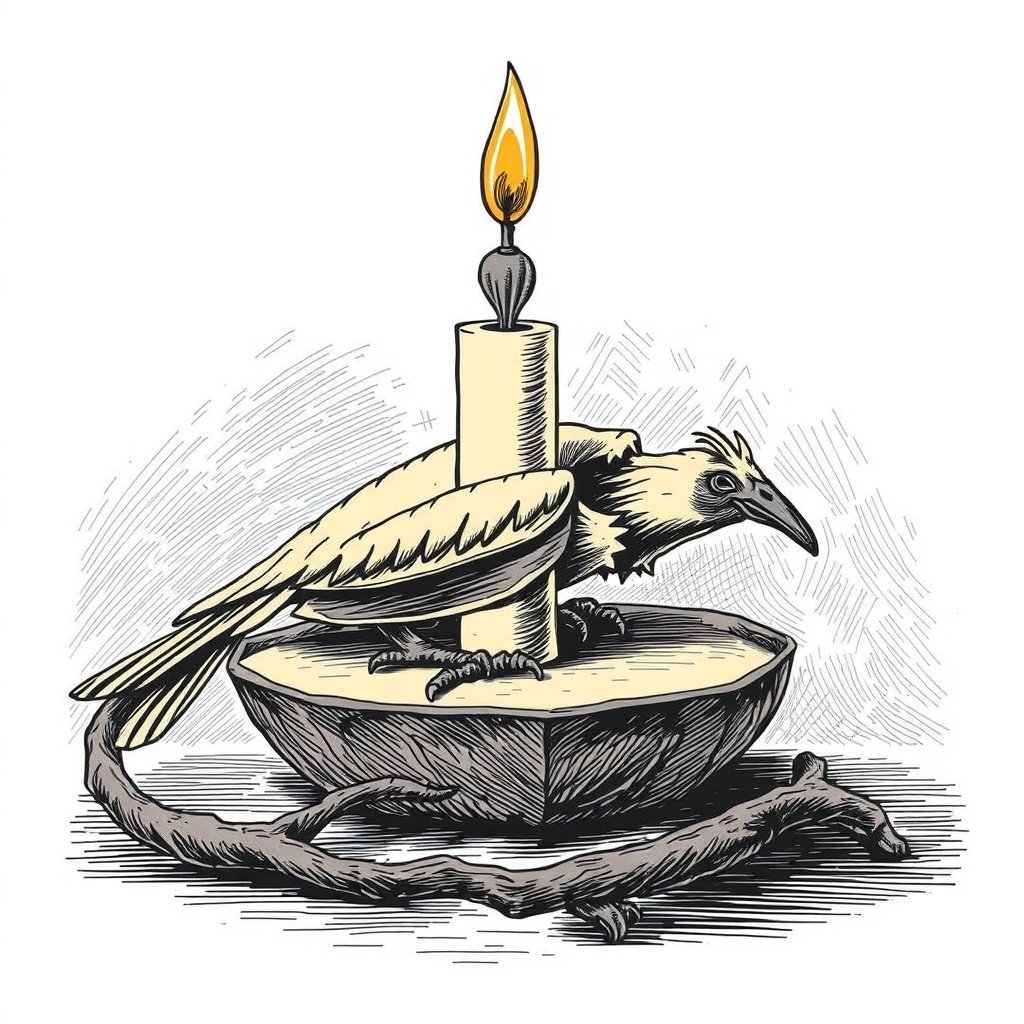
Cultural and Historical References to Bird Candles
Arctic and Norse Use of Bird Candles
Historical evidence suggests that bird candles were used by various cultures living in the Arctic and Northern Europe. The Norse, for example, may have used bird fat during long winters, while the Inuit were known to utilize seabird fat to create light in igloos or other living quarters.
Seabirds as Sacred and Practical Resources
In some cultures, seabirds were more than just a source of light—they were regarded as sacred creatures. Their ability to provide sustenance and light meant that they played a vital role in survival, and their use as candles was a testament to their importance in daily life.
Comparison of Historical Candle Materials
| Candle Material | Region Used | Common Era | Availability | Burn Time |
|---|---|---|---|---|
| Tallow (Animal Fat) | Europe | Medieval | Moderate | Medium |
| Beeswax | Europe | Medieval | Rare (Expensive) | Long |
| Bird Fat | Arctic, Norse | Ancient | Plentiful | Long |
| Whale Oil | Coastal Regions | 19th Century | Plentiful | Very Long |
FAQs About Bird Carcass Candles
Q: Was using bird carcasses as candles common throughout history?
A: While it wasn’t widespread globally, it was common in Arctic and subarctic regions, where birds with high-fat content were abundant and traditional candle materials were scarce.
Q: Why were seabirds chosen for this purpose?
A: Seabirds, particularly those living in cold climates, store a lot of fat, which makes them an excellent fuel source for candles.
Q: How long could a bird carcass candle burn?
A: Depending on the bird’s fat content, a carcass candle could burn for several hours, providing a steady light source.
Q: Were there any other animals used to create candles in history?
A: Yes, other animals like cattle, sheep, and even whales were used to create tallow and oil for candles.
Q: Are bird carcass candles still used today?
A: No, this method has largely fallen out of use with modern advancements in lighting, such as electric lamps and wax candles.
Final Thoughts
The use of bird carcasses as candles is a fascinating chapter in human history that highlights the ingenuity and adaptability of ancient cultures. In a time when resources were limited, people found innovative ways to use what they had at their disposal. While it may seem strange to modern readers, bird carcass candles were a practical, sustainable, and even life-saving tool in certain parts of the world. Understanding these historical practices helps us appreciate the resourcefulness of our ancestors and the many ways they worked with nature to survive.
In today’s world, we have far more advanced and convenient options for lighting, but the story of bird carcass candles remains a testament to human ingenuity and the lengths to which people will go to ensure survival.










